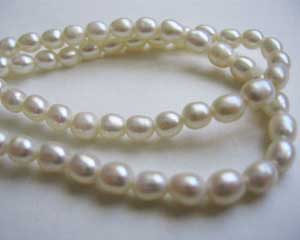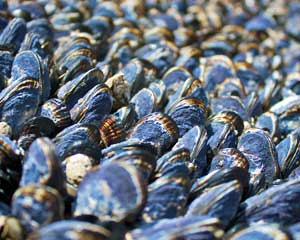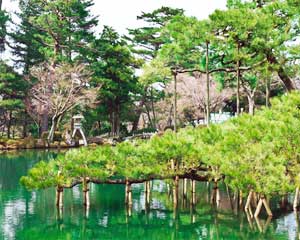Facts about Pearls
Posted by Admin / in Science Facts
Thses facts about pearls include information about the invertebrate animals that have the ability to take a piece of sand and turn it into one of the most valuable things any animal creates. Pearls are made by a shelled animal classified as the bivalve mollusk. Learn about these mollusks and some facts about pearls they are able to make.

Rare high-quality pearls have become as valuable as precious gemstones. Pearls are worn in a variety of ways such as a string of pearls for a necklace or bracelet.
Facts about Pearls
- Pearls form inside living bivalve mollusks.
- Bivalve mollusks have a shell with two parts and a muscle that allows the mollusk to open and close the shell. Oysters are the most common mollusk to naturally make pearls, but mussels and clams can also make pearls.
- The mollusks feel an irritation caused by sand or other material. In response, the mollusks form material around the sand. It grows larger and larger as new coatings are applied.
- The coating material that makes up a pearl is known as nacre or "mother of pearl". It is material like calcium carbonate, which is very tough. Like all calcium carbonates, pearls can be destoyed by acid.
- Mother of pearl is also the material that coats the inside of many oyster and clam shells.
- When this process occurs naturally, the result is a natural pearl, which is very valuable.
- Pearls are sold by the karat. The cost is based on the size, shape, color, origin, perfection and luster (if it is shiny). A large, perfect natural pearl from the South Pacific is worth over $30,000.
- Most bivalve mollusks make pearls, however, not all pearls are attractive. Pearls occurring naturally are rare.
- The largest supplier of pearls is Lake Biwa in Japan.
- Pearls that grow attached to the animal's shell are called blister pearls.
- Cultured pearls are grown with the help of people. A person places a tiny piece of glass or a plastic bead inside the mollusk. The cultured pearl then takes about 4 years to grow.
- Cultured pearls are valuable, but not as valuable as natural pearls.
- With advancements in plastics, people can now make "fake pearls", which look real to an inexperienced person.

Most bivlave mollusks are capable of making a pearl, however, specific oysters are much more likely to make a pearl than clams or mussels.

Lake Biwa in Japan is a location that supplies a large amount of high-quality cultured pearls.
